Tear Down and Board Analysis
Palit relies on a real own design for this card, but still takes some layout details from the reference design when it is supplied. The two ATX power supply connectors are not a special feature. There are two real rails leading from the sockets to the board. These two rails, as well as the power supply from the motherboard slot, were each provided with a 1-H coil for smoothing possible spikes and each carry a separate shunt for monitoring the current flow.
ON Semiconductor’s NCP81610 for the GPU (back board) is used as an 8-phase PWM controller specifically designed to provide high-precision output voltage systems for the latest generation OF GPUs. It has programmable output voltage and active voltage positioning functions to adjust the output voltage depending on the load current, so that it is optimally positioned for a good load current transition.
It supports NVIDIA Open Voltage Regulator Type 4i+ with PWMVID function. The PWMVID input is buffered and filtered to create a very accurate reference voltage. The output voltage is then precisely controlled on the reference input. The integrated SMBus interface offers enough flexibility to optimize performance and efficiency and also to connect the appropriate software. The controller also supports new Smart Power Stage chips (PLCs).
We count a total of 8 voltage converter circuits for the GPU. The two phases for the memory are generated by another NCP81610 from ON Semiconductor in 2-phase mode. All phases (8 + 2) rely on current Smart Power Stages NCP302155 from ON Semiconductor. These PLCs then provide very accurate information about e.g. currents (IMON) and temperatures (TMON) based on the MOSFET DCR.
If you want to know more details about this type of power supply and the improvements at Turing, I refer to our investigative article “Nvidia GeForce RTX 2080 Ti – Internal details about power supply, deviating components and where the spikes have remained!” which is always worth reading. There you will also learn more about the new Smart Power Stages, which replace the traditional, individual VRMs. The following table contains the most important components:
Cooler and backplate in detail
The radiator design does not contain any secrets. A slat area sits on a massive copper heatsink, which also carries the aluminium cooling frame. The copper heatsink is soldered on the back with the massive heatpipes made of unnickelplated copper composite material. The circumferential metal frame of the radiator construction also ensures active cooling of the storage system by means of intermediate, high-quality thermal conduction pads (adhesive softpads).
For the voltage converters there is an extra heatsink, very laudable. In addition to the cooling fins, the coils have contact with the cooling fins and the flat SMD capacitors of the voltage converters are also actively cooled. This relaxes the thermal hotspots enormously and ensures a very large-area cooling. It is nice to see that the use of thermal pads, as well as the integration of the VRM heatsink into the main cooler have been heard. I can still remember quite well the discussions with the PM at headquarters.
A total of five 8 mm heatpipes then distribute the waste heat to the cooling fins, with all five transporting the waste heat along the side to the radiator end, while a heatpipe still operates the outside of the cooling block above the GPU. Palit uses a fan arrangement with two 9.7 cm fans, which also harmonize well with the two-piece radiator design.
The blackened aluminium backplate actively cools along and is also used for stabilization. The softpads used also stick to the board (I removed them with isopropanol and a flexible film), as if there was no tomorrow and more than just the voltage converter range is cooled. Can you leave it that way.
| Cooling system at a glance | |
|---|---|
| Type of cooler: | Air |
| Heatsink: | Copper |
| Cooling fins: | Aluminum, vertical alignment related |
| Heatpipes | 5x 8 mm copper composite, non-nickel plated |
| VRM cooling: | GPU VRM via built-in heatsink |
| RAM cooling | via heatsink frame |
| Fan: | 2x 9.7 cm fan, 2x 10 openings Fan stop by falling below the minimum/start speed |
| Backplate | Aluminum Active cooling function |















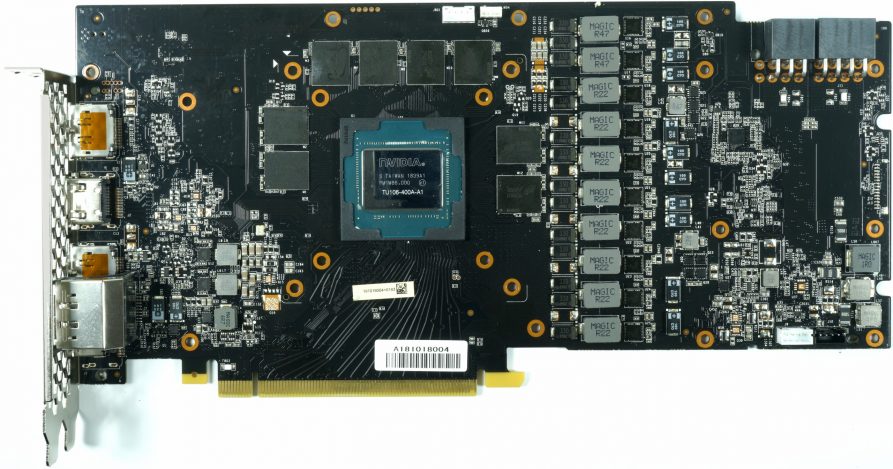
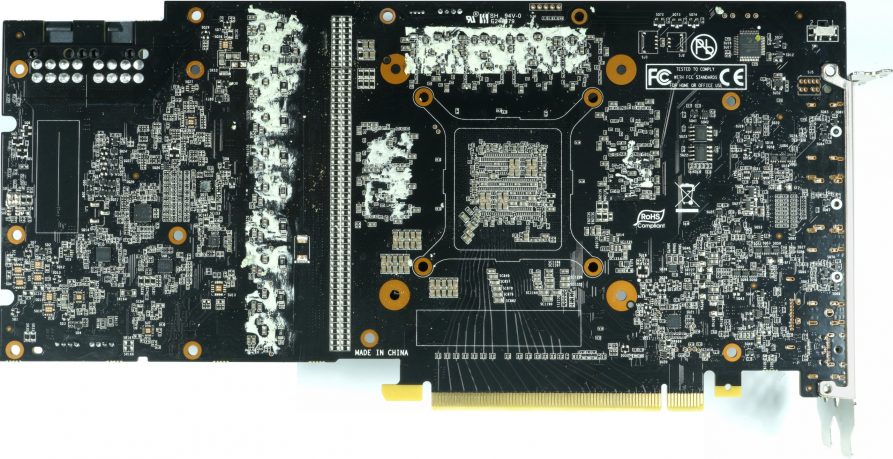
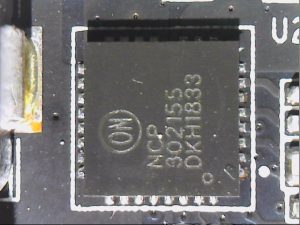
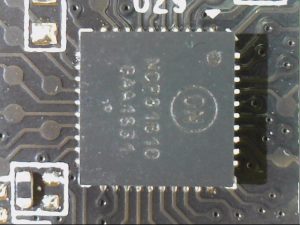
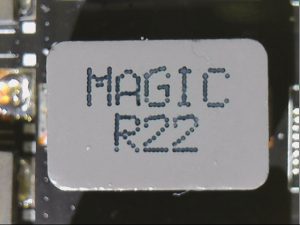
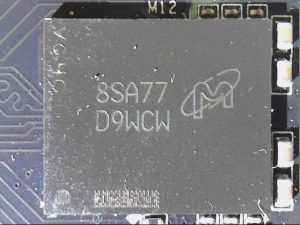
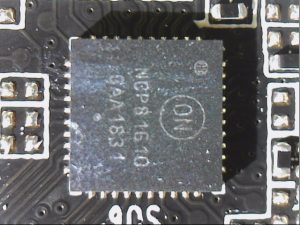
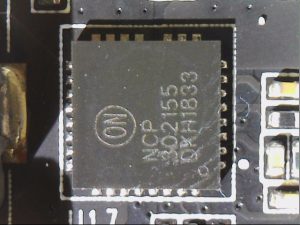

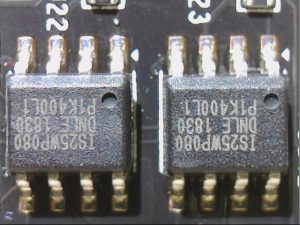
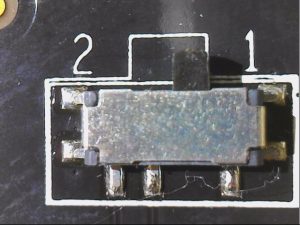
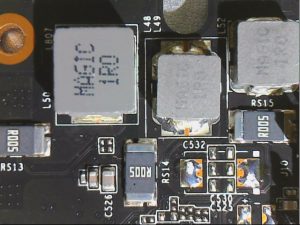
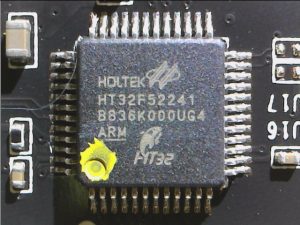
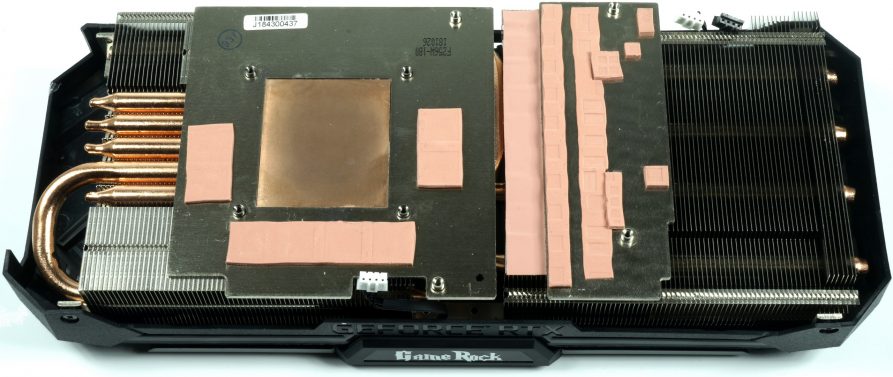
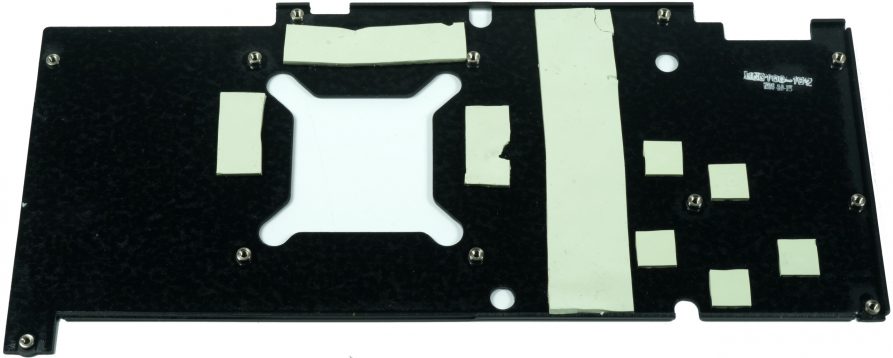


















Kommentieren